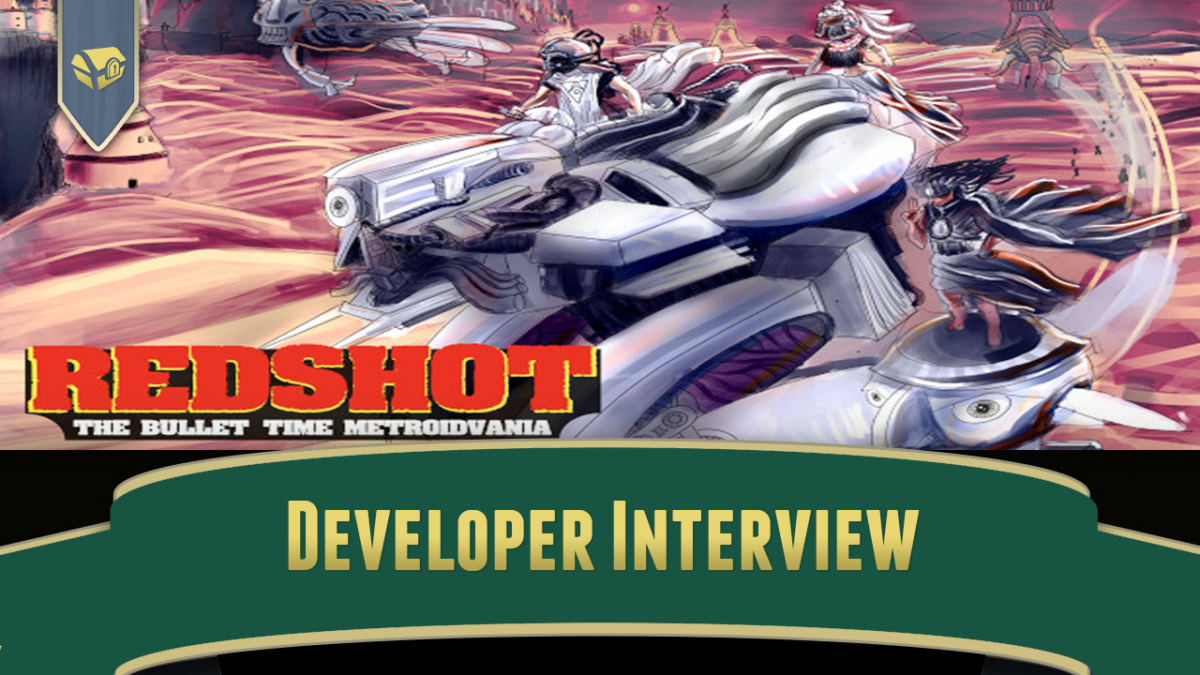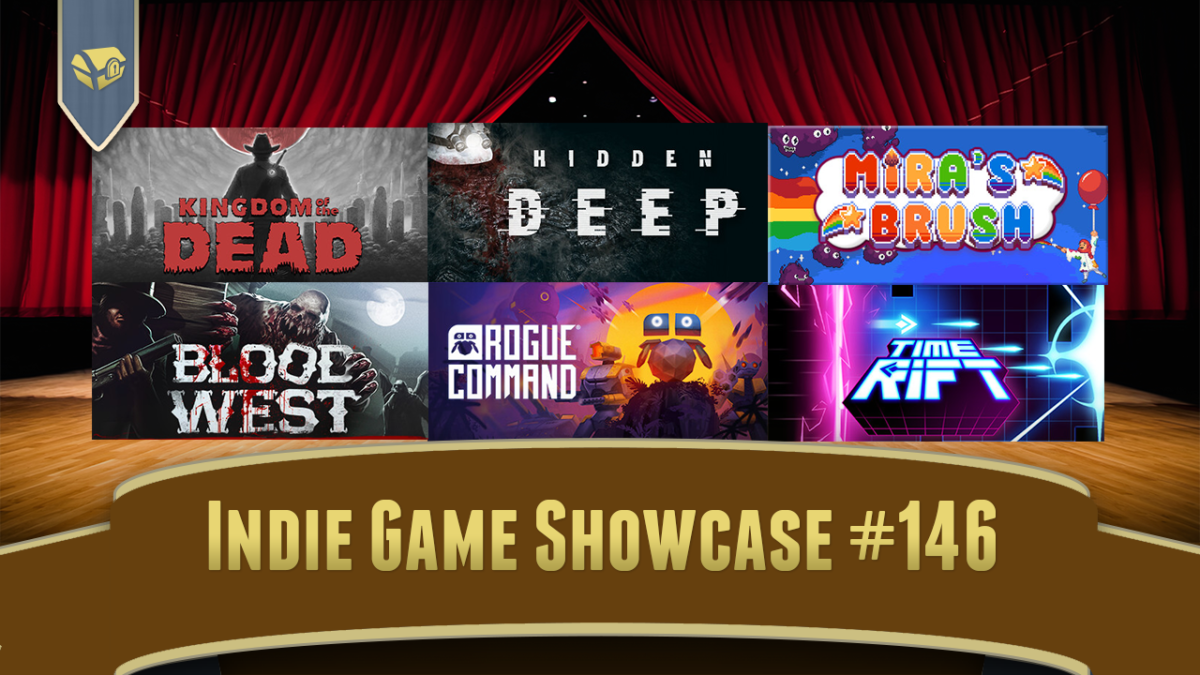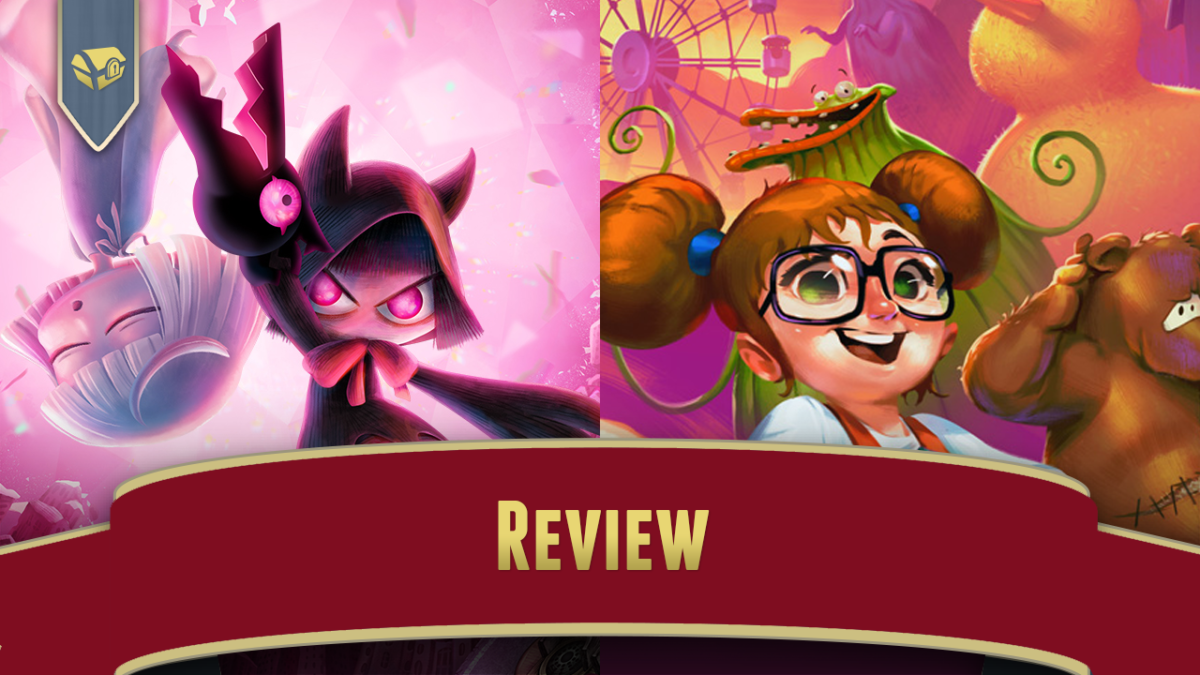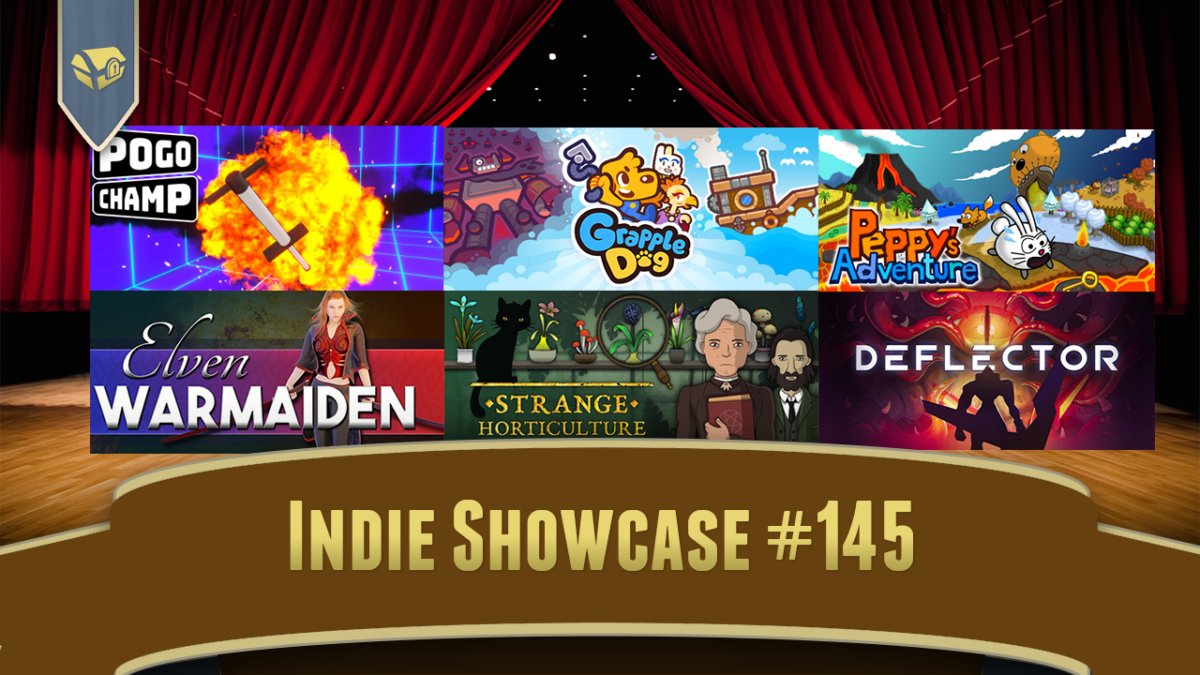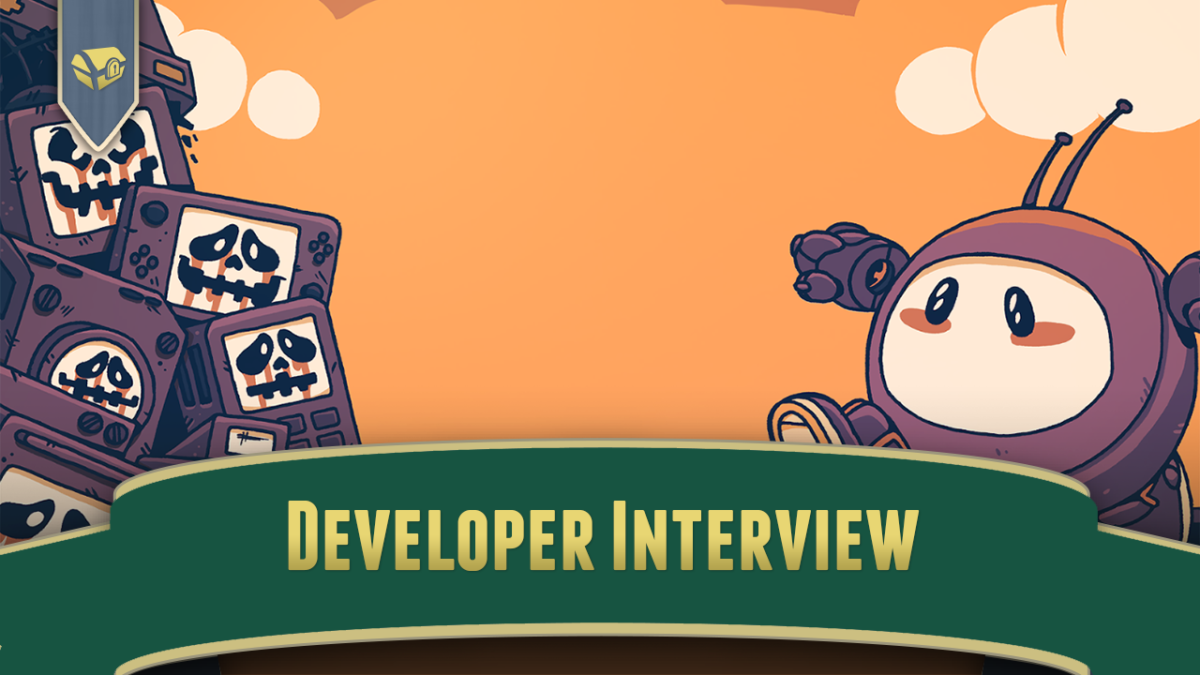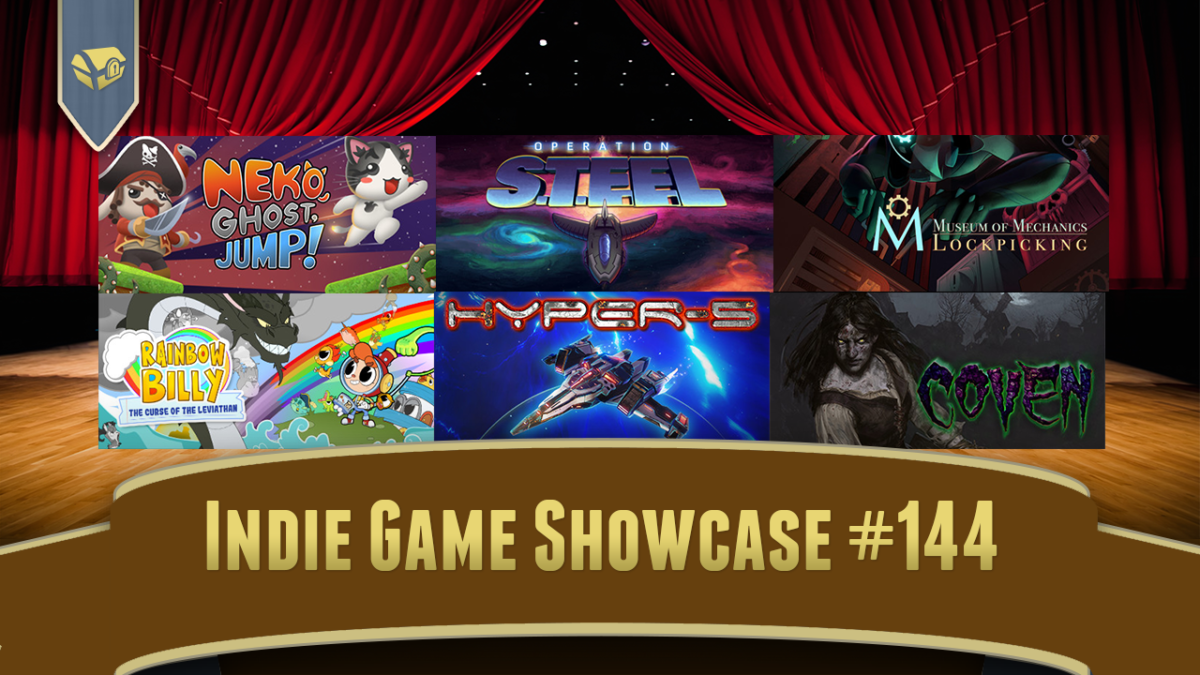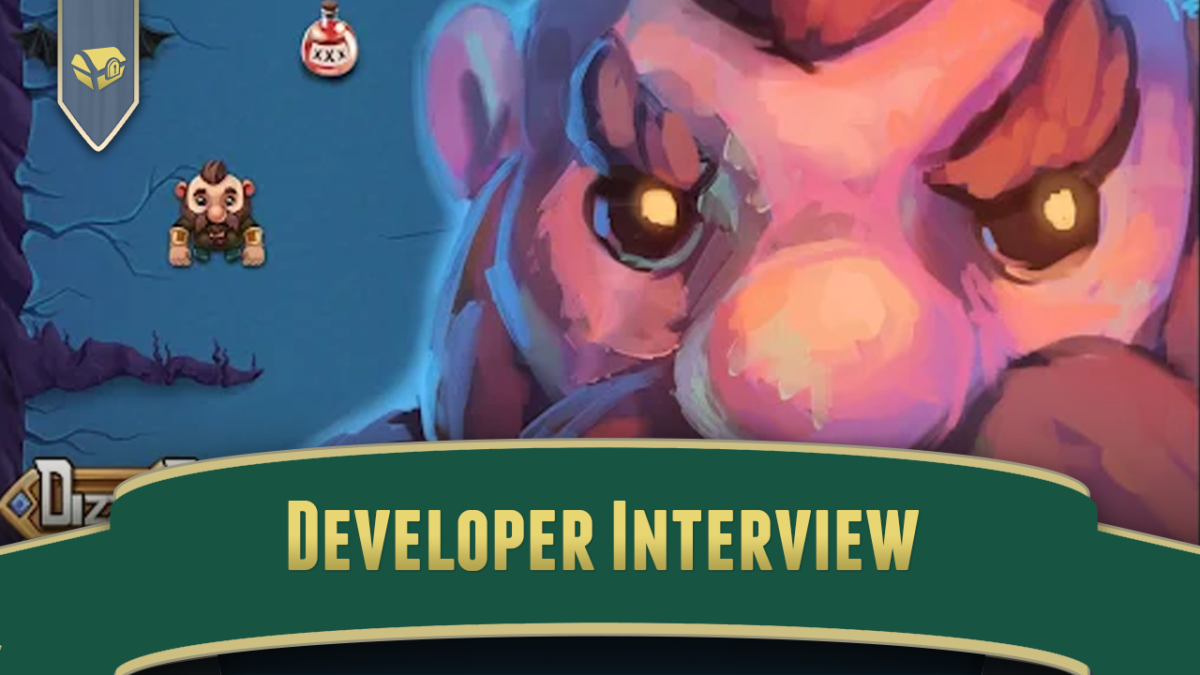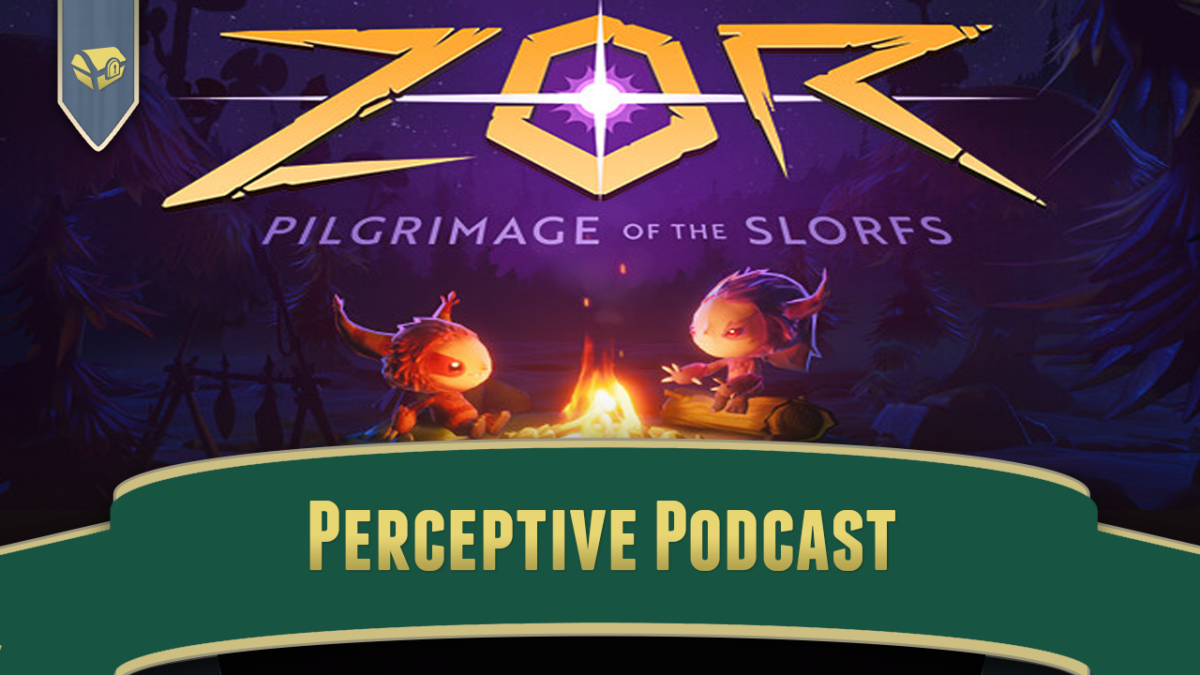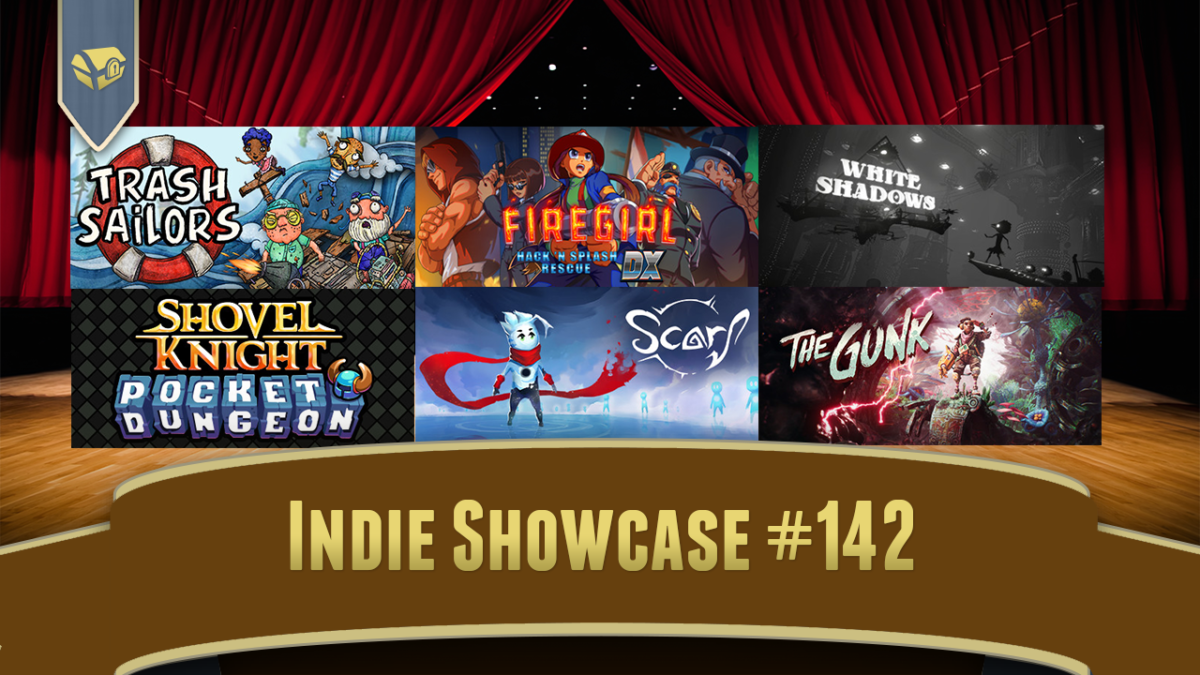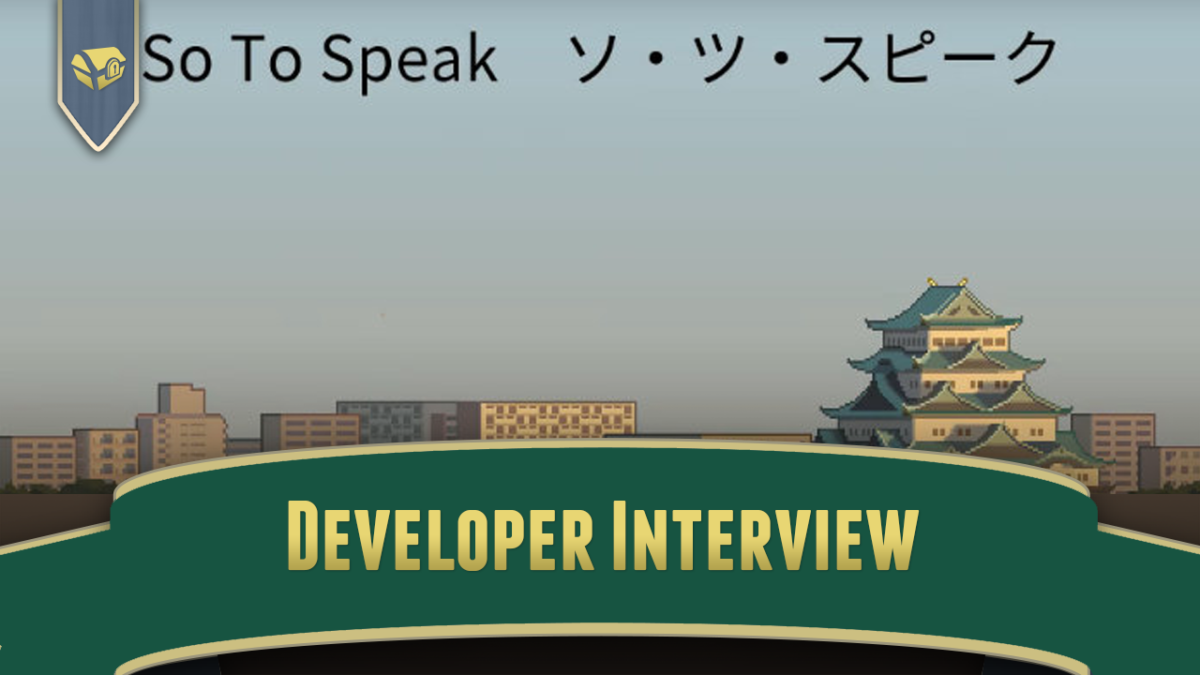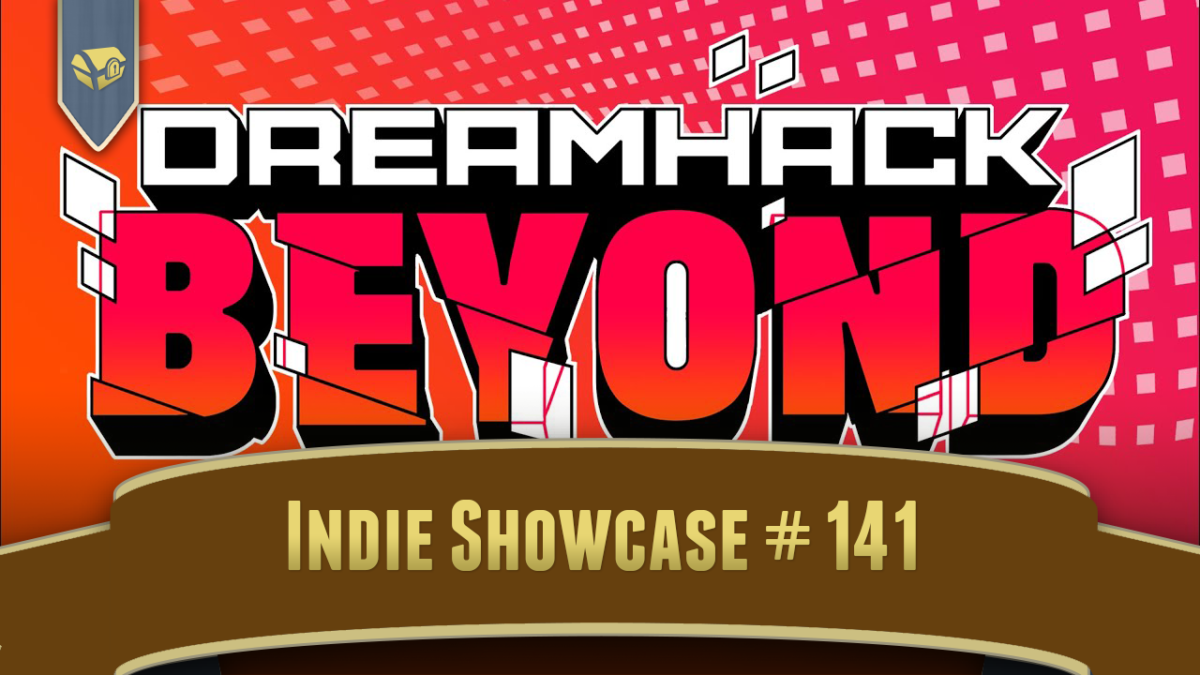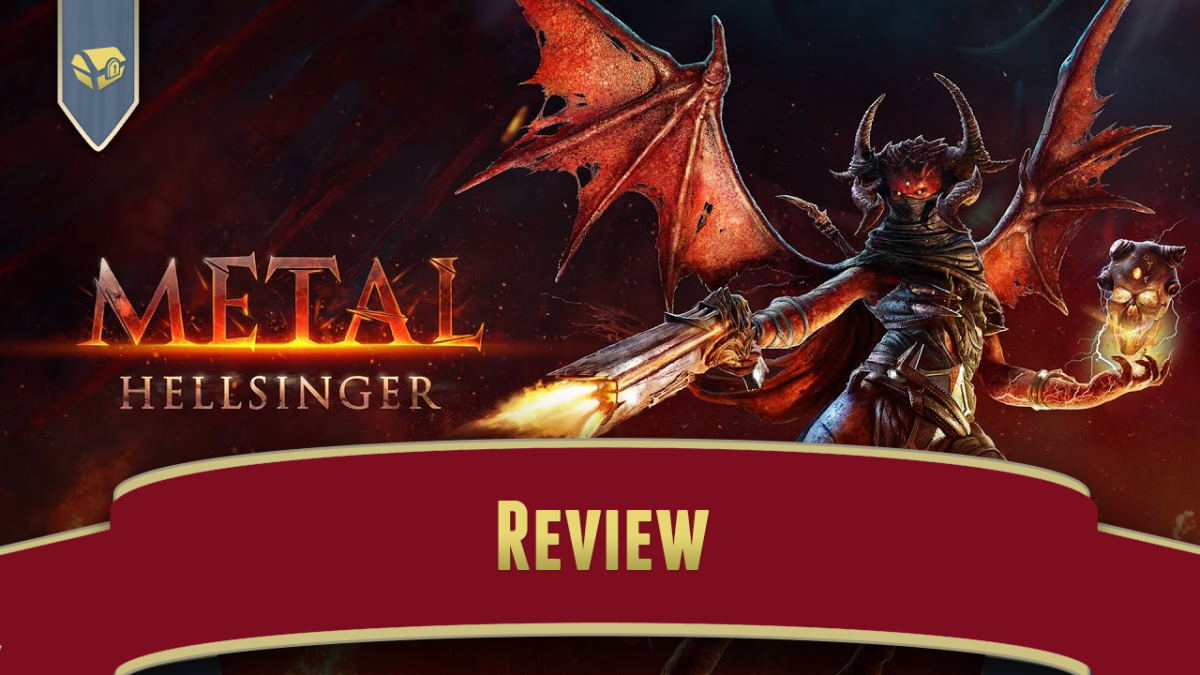An interview with Brian Lynch who developed the game Redshot. We spoke about making his first metroidvania, the challenges of using bullet time and building it for speedrunning, and more.
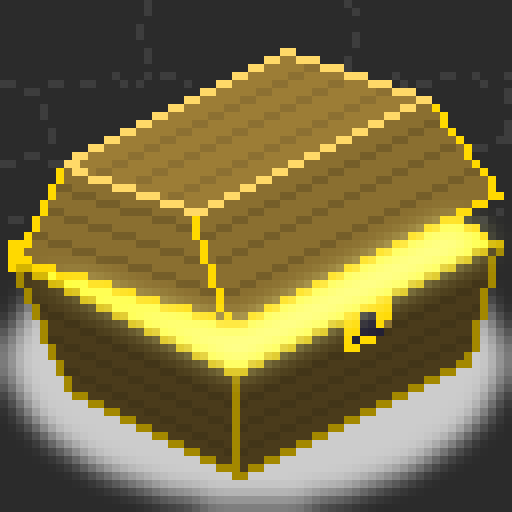
Owner of Game Wisdom with more than a decade of experience writing and talking about game design and the industry. I’m also the author of the “Game Design Deep Dive” series and “20 Essential Games to Study”

